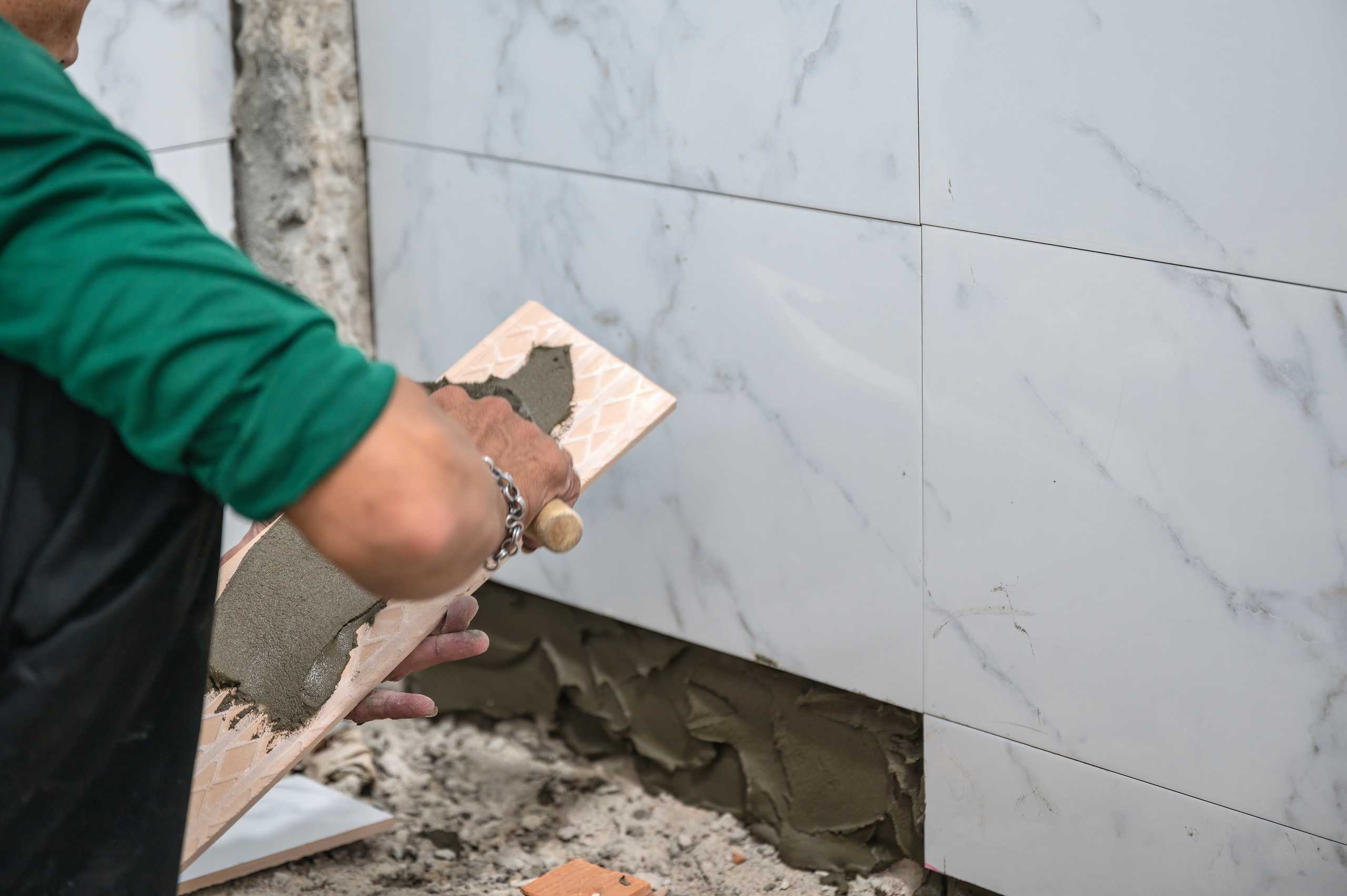Selecting the appropriate tile is a strategic decision that shapes both the functionality and the visual character of a room. Beyond color and pattern, each type of tile offers different strengths in durability, water resistance, and maintenance needs. Thoughtful selection ensures that the installation performs well under real-world conditions.
The choice also influences how spacious, warm, or structured the environment feels. Proper tile pairing with lighting, furniture, and architectural lines helps build a cohesive interior that supports both daily use and long-term comfort.
Factors That Influence Tile Selection
• Tile material and density
• Slip resistance and surface texture
• Room purpose and moisture levels
• Required maintenance and cleaning demands
The process begins by evaluating the space: kitchens require surfaces that tolerate spills and abrasion, while bathrooms demand moisture protection and secure footing. Living rooms and hallways benefit from tiles that support frequent traffic without losing visual clarity.
Understanding these functional demands allows you to match the tile to the environment rather than choosing based on appearance alone. This careful alignment ensures longevity and reduces the need for future repairs or replacements.
Aesthetic Impact of Correct Tile Choice
Tile size, shape, and pattern play a crucial role in visual composition. Larger tiles can create an illusion of spaciousness, while intricate mosaics add detail and personality. Neutral tones support minimalist environments, and bold designs can become the focal point of a room.
Effective tile choice respects both the practical requirements and the artistic intent of the space. When these elements work together, the result feels intentional, balanced, and timeless.
Choosing the right tile is not just a design preference — it is a foundation for a durable, efficient, and visually coherent installation.

